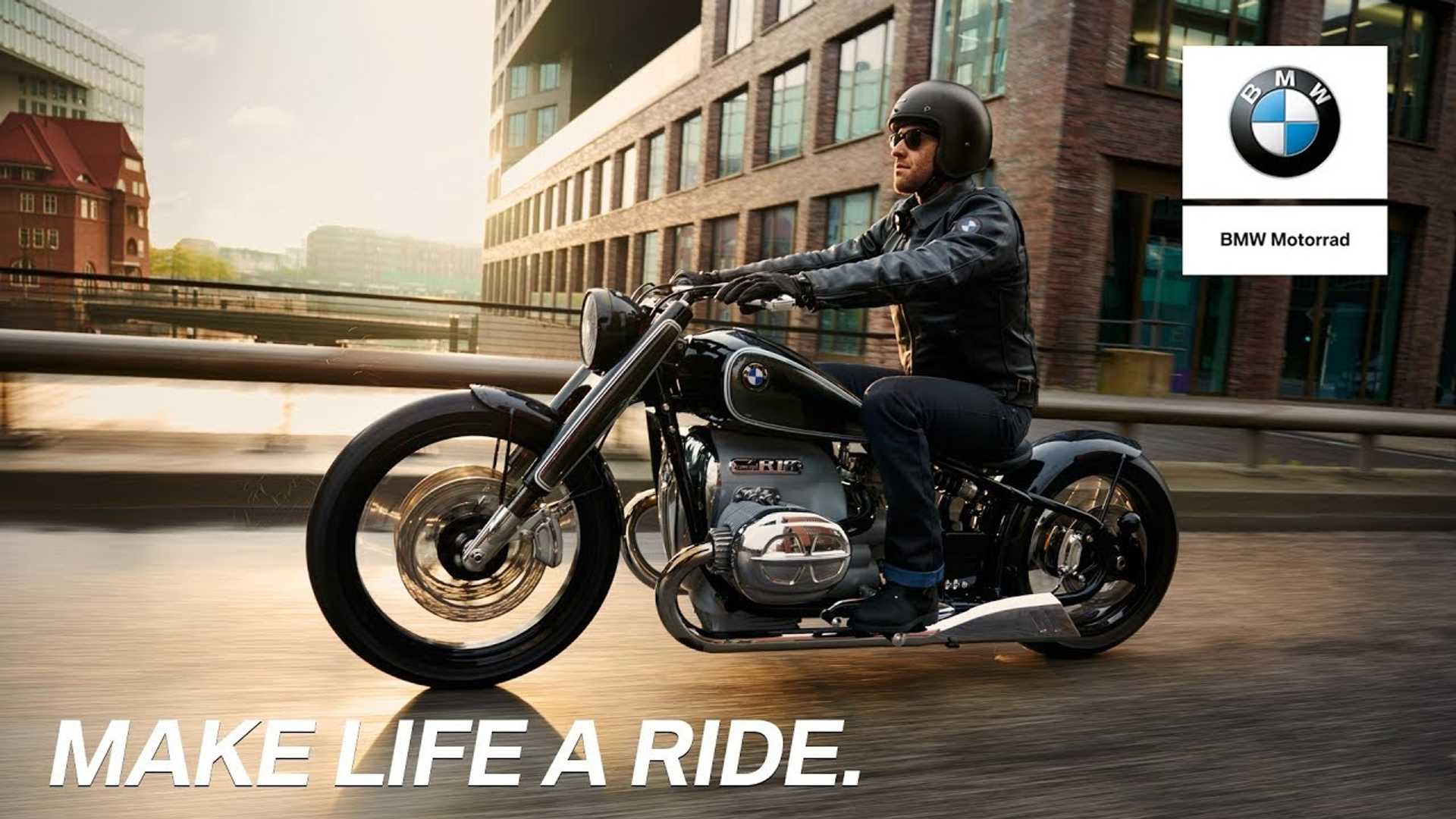insomnia
Active member
I haven't used the navigation on my R18 B yet because of my ancient phone. So it's time for a new Android phone - anyone has an idea what kind of performance you need for simultaneous navigation and music? I want swift operation without any lag of course. I have no other needs for an expensive or even mid-price phone, so the use on the R18 will decide the phone price-level.
Would any new budget phone do? Or should I look for a bit more RAM or processor?
And how much storage would you need for downloading maps for a couple of states? Is it better or faster to buy additional memory for the maps - if so does it need to meet certain spec/performance?
Would any new budget phone do? Or should I look for a bit more RAM or processor?
And how much storage would you need for downloading maps for a couple of states? Is it better or faster to buy additional memory for the maps - if so does it need to meet certain spec/performance?
